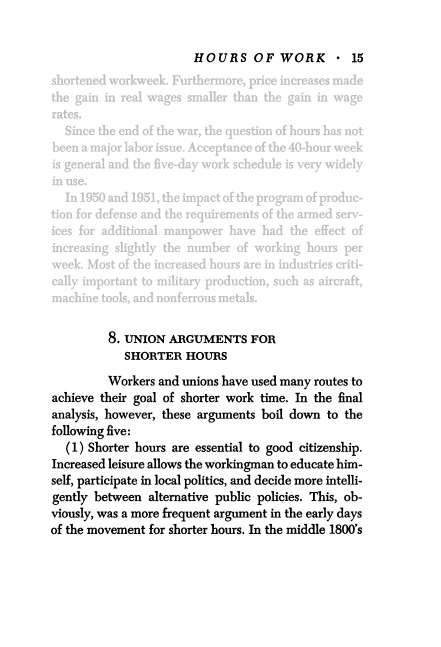In Labour Defended Against the Claims of Capital, Hodgskin stated explicitly that the purpose of his essay was to refute the arguments of John Ramsay McCulloch and James Mill to show that: "the effects attributed [by them] to a stock of commodities, under the name of circulating capital, are caused by co-existing labour." In a prefatory note, Hodgskin wrote:
In all the debates on the law passed during the late session of Parliament, on account of the combinations of workmen, much stress is laid on the necessity of protecting capital. What capital performs is therefore a question of considerable importance, which the author was, on this account, induced to examine. As a result of this examination, it is his opinion that all the benefits attributed to capital arise from co-existing and skilled labour. He feels himself, on this account, called on to deny that capital has any just claim to the large share of the national produce now bestowed on it. This large share he has endeavoured to show is the cause of the poverty of the labourer; and he ventures to assert that the condition of the labourer can never be permanently improved till he can refute the theory, and is determined to oppose the practice of giving nearly everything to capital.In Marx's discussion, in Capital, of the division of labour, he cites a passage from Hodgskin's "admirable work" in support of "The fact that the detail labourer produces no commodities." It is worthwhile quoting Hodgskin in full, here, with the passage cited by Marx highlighted in bold:
Whatever division of labour exists, and the further it is carried the more evident does this truth become, scarcely any individual completes of himself any species of produce. Almost any product of art and skill is the result of joint and combined labour. So dependent is man on man, and so much does this dependence increase as society advances, that hardly any labour of any single individual, however much it may contribute to the whole produce of society, is of the least value but as forming a part of the great social task. In the manufacture of a piece of cloth, the spinner, the weaver, the bleacher and the dyer are all different persons. All of them except the first is dependent for his supply of materials on him, and of what use would his thread be unless the others took it from him, and each performed that part of the task which is necessary to complete the cloth? Wherever the spinner purchases the cotton or wool, the price which he can obtain for his thread, over and above what he paid for the raw material, is the reward of his labour. But it is quite plain that the sum the weaver will be disposed to give for the thread will depend on his view of its utility. Wherever the division of labour is introduced, therefore, the judgment of other men intervenes before the labourer can realise his earnings, and there is no longer any thing which we can call the natural reward of individual labour. Each labourer produces only some part of a whole, and each part having no value or utility of itself, there is nothing on which the labourer can seize, and say: “This is my product, this will I keep to myself.” Between the commencement of any joint operation, such as that of making cloth, and the division of its product among the different persons whose combined exertions have produced it, the judgment of men must intervene several times, and the question is, how much of this joint product should go to each of the individuals whose united labourers produce it?Hodgskin was defending labor against the (illegitimate) claims of capital. Becker was extending the claims of capital into the household. One of these things is not like the other.








 ht
ht










